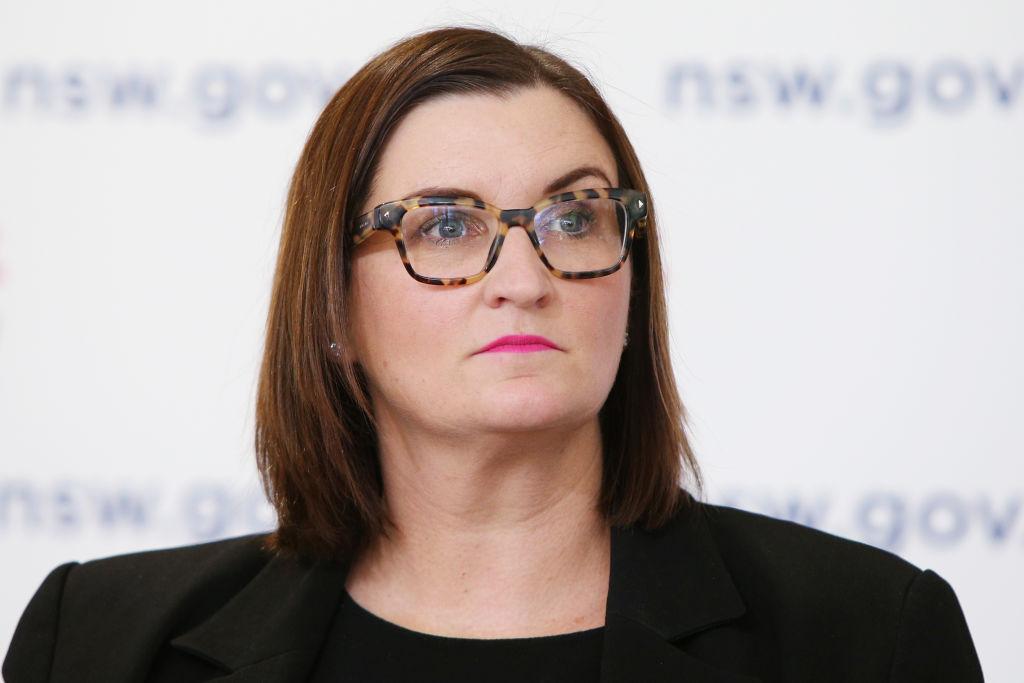SYDNEY—Resolving the teacher shortage in New South Wales (NSW) requires a more complex solution beyond just hiring and more wages, hinted Education Minister Sarah Mitchell ahead of the state election.
In an election debate at the Centre of Independent Studies on March 14, Shadow Education Minister Prue Car claimed that solving the teacher shortage was “really simple” and that having 2,000 vacant positions was unacceptable.





